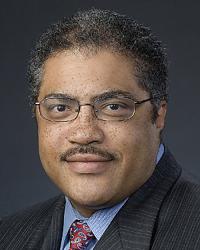madman
Super Moderator
Screening and Prevention of Prostate Cancer 2021 (Part 2): Who Needs a Biopsy? – Summary:
In part 2 of a 3-part series, Sigrid V. Carlsson, MD, Ph.D., MPH, Assistant Attending Epidemiologist at Memorial Sloan Kettering Cancer Center, goes over her 5 Golden Rules for prostate cancer testing, which are intended to minimize overdiagnosis and overtreatment while also making sure that significant disease is not missed. Rule 1 is to get consent and engage in shared decision-making with patients. Dr. Carlsson notes that this can sometimes be difficult since the numerous decision aids available are often difficult to use and understand. The second rule is not to screen men who will not benefit, for instance, older men with multiple comorbidities and short life expectancies. Dr. Carlsson does observe, however, that instituting an age cutoff does not necessarily make sense, and that physiologic assessment of life expectancy may be a more useful metric. In rule 3, Dr. Carlsson advises clinicians not to biopsy patients without a compelling reason, since prostate biopsies may lead to infectious complications and hospitalization. She then lays out the options for risk stratification, such as risk calculators, biomarker tests, and MRI. Rule 4 recommends against treating low-risk disease since, as Dr. Carlsson explains, active surveillance is a safe strategy over longer follow-up for appropriately selected patients with Grade Group 1 prostate cancer when following a well-defined monitoring plan. Finally, rule 5 exhorts clinicians to send patients who require treatment to a high-volume provider. This is key, Dr. Carlsson argues since the evidence shows that there is a large degree of heterogeneity among surgeons regarding functional and oncological outcomes after prostatectomy, and it takes approximately 250 surgeries for a surgeon to really master the procedure.
Attachments
Last edited:




















